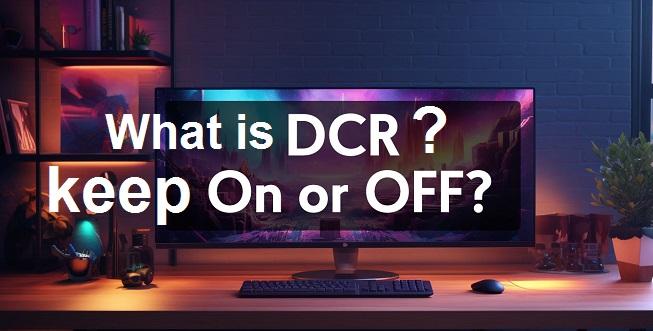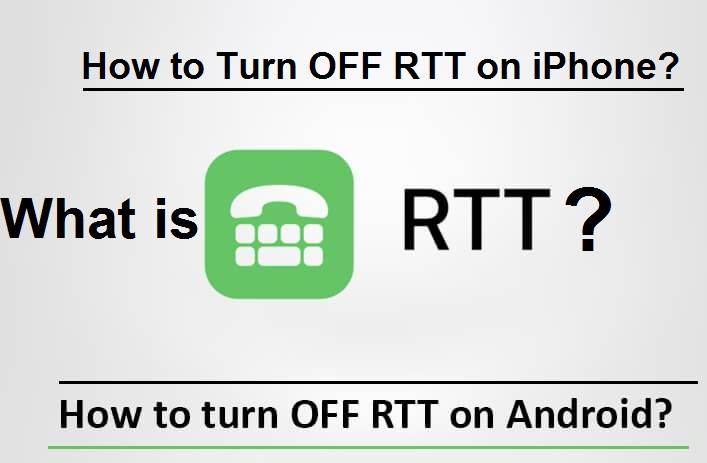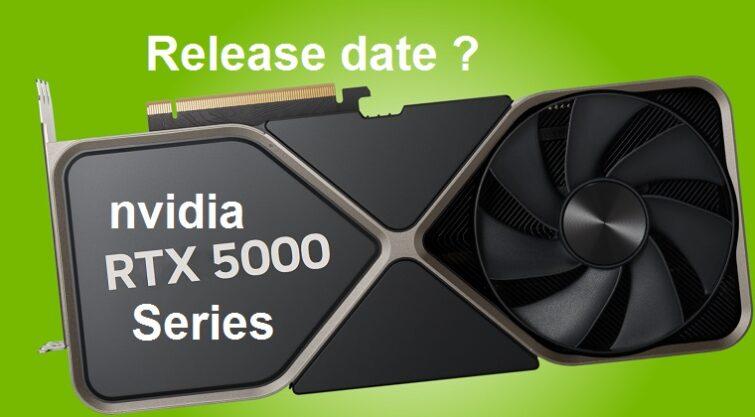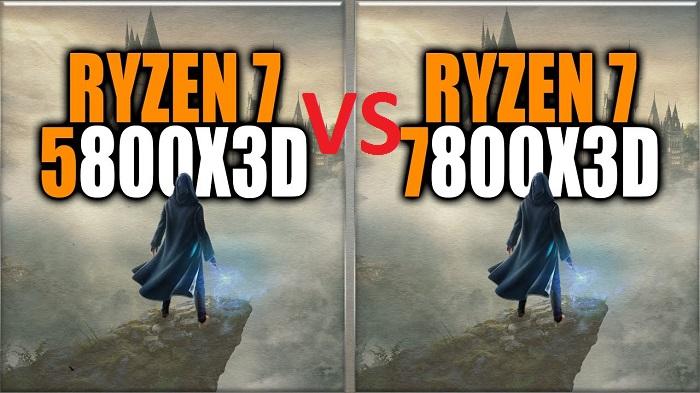Are you planning to buy a new monitor then you should know about DCR, or dynamic contrast ratio, a feature found on many modern LCD monitors and TVs. But what exactly does dynamic contrast ratio do? Should you enable DCR or keep it off? Here, we’ll break down what DCR is, when it’s useful for gaming and media, and will it impact your viewing experience ?

Quick view
What Does DCR Stand For?
Let’s understand it in simple language – DCR stands for “dynamic contrast ratio”. The contrast ratio is the difference between the brightest white and darkest black a display can produce. A higher contrast ratio means deeper blacks and more vivid images and vice versa.
Dynamic contrast ratio uses advanced technology to automatically adjust the contrast in real time based on the content shown on screen. For example, when a scene changes from bright to dark, DCR will lower the backlight brightness to make blacks appear deeper. When an image gets brighter, it will raise backlight brightness to make whites pop more.
Read more on Contrast Ratio
Should You Enable or Disable DCR?
Whether you should enable/disable DCR totally depends on your priorities and the type of content you view. Here is my experience which you can read, when DCR can be beneficial or can create a problem:
For gaming, You can ON DCR . The automatic adjustments will make dark scenes clearer by increasing contrast, allowing you to spot details better. Rapid contrast shifts also happen frequently in games, so DCR can keep up with the changing imagery. Enabling DCR results in a more dynamic, vivid gaming experience.
However, for movie watching, DCR may be distracting. Fluctuations in brightness as a movie switches scenes can seem unnatural. Filmmakers intentionally craft contrast levels, so allowing DCR to override that can alter the cinematic quality. Disabling DCR gives you a more accurate, consistent viewing experience for films.
DCR also is not ideal for content creation work. The unpredictability of DCR adjustments makes it hard to color grade or edit with precision. Keeping DCR off avoids throwing your display out of balance.
So except gaming it is not recommended to ON DCR.
Is Dynamic Contrast Ratio Important for Monitors?
While DCR can be useful in certain situations, it is not an essential feature for most users. The importance of DCR depends on the existing contrast ratio quality of your monitor.
Monitors with low native contrast ratios around 1000:1 can benefit more from DCR to expand their dynamic range. But most modern monitors already offer strong static contrast ratios of 3000:1 or higher. For these displays, DCR has less impact. The high innate contrast already creates vivid, nuanced images without adjustments needed.
So focusing on contrast ratio is beneficial when shopping for a monitor. But choosing a model with high native contrast reduces reliance on DCR.
Pros and Cons of DCR Monitors
Here are some key advantages and disadvantages of monitors with DCR capabilities:
Pros:
- Heightens contrast in dark gaming scenes
- Creates punchier, more vibrant imagery
- Adapts automatically to different content
Cons:
- Can create flickering or unstable brightness
- Overrides creator’s intended contrast levels
- Unpredictable for color sensitive work
Ultimately, while DCR can dynamically boost contrast, the feature also has drawbacks. Carefully consider when you want your display altering images versus showing them accurately.
Conclusion
DCR allows monitors to automatically adapt contrast levels in real time.You should weigh the pros and cons of enabling DCR based on your priorities and check the monitor’s specs.
FAQs
The contrast ratio is the difference between the brightest white and darkest black a monitor can display. Higher ratios mean more contrast and vivid images.
A high contrast ratio is better. High ratios like 3000:1+ create more depth and nuanced images with crisp blacks and bright highlights.
Enable DCR selectively just for gaming to make dark scenes more visible. The shifting contrast suits gaming well.
Turn DCR off for movies, photos, design work, and other color-sensitive tasks. Fluctuating contrast can distort the intended image accuracy.
Yes, the constant adjustments of DCR can consume more power compared to a static contrast setting.
IPS monitors already have very high contrast so they benefit less from DCR adjustments. Focus on native contrast ratio when choosing an IPS gaming monitor.
Also read What Is Carrier Hub App? and Hogwarts legacy cracked ?









